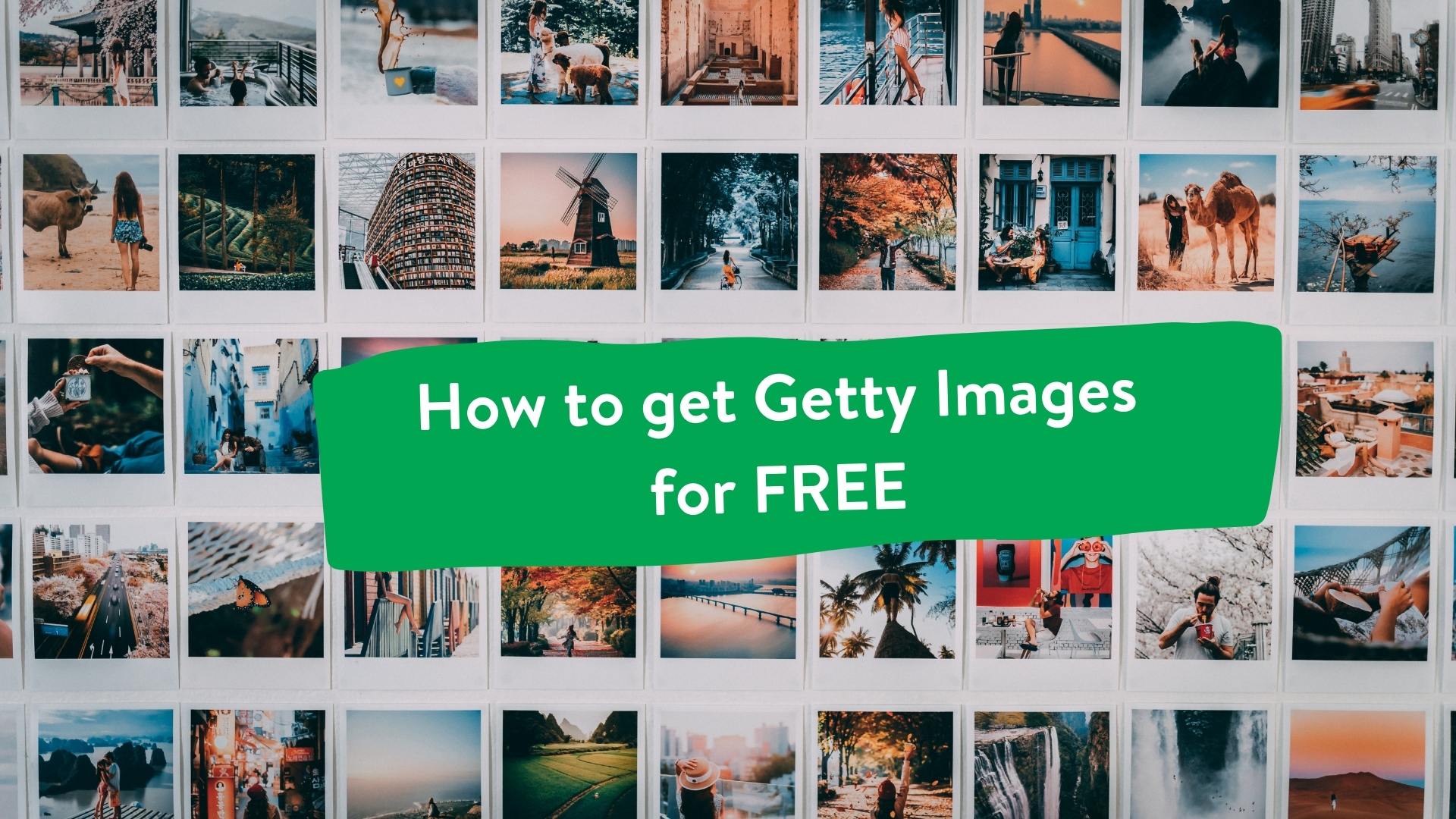Captions are the unsung heroes of visual storytelling. They serve as the bridge between the viewer and the image, providing context, enhancing understanding, and often sparking emotional connections. When it comes to using images from sources like Getty Images, crafting effective captions can significantly elevate your content. A well-written caption not only informs but also engages your audience, making your message more memorable. So, let's delve into the essentials of writing captivating captions that resonate with your readers.
Understanding Getty Images and Their Usage
Getty Images is a global leader in stock photography and visual content, known for its extensive library of high-quality images, videos, and music. But why is understanding Getty Images crucial for effective captioning? Here are a few key points:
- Diverse Content: Getty offers a vast range of images spanning different genres, from editorial and creative to historical and contemporary. This diversity means that the context of your caption can vary greatly depending on the specific image.
- Licensing Requirements: Using Getty Images comes with specific licensing rules. Understanding these can help you craft captions that comply with copyright and usage rights, ensuring that your work remains legally sound.
- Target Audience: Knowing who uses Getty Images can guide your caption style. For instance, a caption aimed at a business audience might prioritize clarity and professionalism, while one for a creative blog could be more playful and imaginative.
In summary, effectively using Getty Images requires not just selecting the right visuals but also understanding their context and audience. This foundational knowledge will enable you to create captions that truly enhance your imagery.
Also Read This: Exploring Getty Images’ Extended License: Expanding Usage Opportunities for Buyers
Best Practices for Writing Captions
Writing effective captions for Getty Images is all about clarity, context, and engagement. Here are some best practices to help you create captions that resonate:
- Be Descriptive: Your captions should provide a clear description of the image. Instead of saying "Beautiful landscape," you could say, "A serene sunset over the Rocky Mountains, casting a golden hue on the snow-capped peaks."
- Keep It Concise: Aim for brevity while maintaining richness. A good rule of thumb is to stick to one or two sentences that capture the essence without overwhelming the reader.
- Use Active Voice: Active voice makes your captions more engaging. Instead of saying, "The dog was chased by the boy," say, "The boy chases the dog through the park."
- Include Relevant Keywords: Integrate keywords that describe the image and are likely to be searched for by users. This enhances discoverability and helps you reach a wider audience.
- Add Context: If applicable, provide context that adds depth to the image. For instance, mention the location, event, or emotions tied to the photo. This helps viewers connect on a personal level.
Also Read This: How to Search for Premium Access-Only Images in Getty Images: Unlocking High-Quality Content
Common Mistakes to Avoid
Even seasoned writers can stumble when crafting captions. Here are some common pitfalls to steer clear of:
- Being Too Vague: Avoid general statements that don't convey specific information about the image. Phrases like "This is interesting" don’t add value.
- Overloading with Information: While it's important to provide context, cramming too much detail can confuse readers. Stick to what’s essential.
- Ignoring the Audience: Always consider your audience’s perspective. Use language and references that resonate with them rather than industry jargon.
- Neglecting Grammar and Spelling: Typos or grammatical errors can undermine credibility. Always proofread before publishing.
- Failing to Update Captions: As circumstances change, so too should your captions. Regularly refresh them to keep your content relevant.
Also Read This: How Does Getty Images Get Its Images: Understanding the Source of Getty's Photo Library
Examples of Effective Captions
When it comes to captioning Getty Images, the right words can enhance the visual experience and provide context. Here are some examples of effective captions that illustrate this principle:
- Descriptive Captions: "A serene sunrise over the New York skyline, casting a golden glow on the bustling city below." This type of caption sets the scene beautifully, allowing viewers to visualize the moment.
- Contextual Captions: "Volunteers from the local community gather to plant trees in Central Park, showcasing their commitment to environmental sustainability." Here, the caption adds depth by explaining the image's significance.
- Emotional Captions: "A child’s laughter echoes through the playground, a reminder of the simple joys of childhood." Captions that evoke emotion can create a stronger connection with the audience.
- Informative Captions: "The annual International Jazz Festival attracts thousands of music lovers to downtown Chicago every summer." Informative captions not only describe the image but also provide relevant information that enhances understanding.
- Call-to-Action Captions: "Join us in celebrating art at the upcoming gallery opening this Friday! Discover new talents and enjoy an evening of creativity." These captions encourage viewer participation and engagement.
By observing these examples, you can learn how to effectively utilize captions to complement your Getty Images, making your content more engaging and informative.
Conclusion
In the digital age, images speak volumes, but effective captions breathe life into them. Crafting thoughtful captions for Getty Images is not just about filling in blanks; it’s about enhancing the viewer’s experience. Here’s a quick recap of what we discussed:
- Understand Your Audience: Know who you are communicating with and what resonates with them.
- Be Descriptive and Clear: Use clear, vivid language that paints a picture in the reader's mind.
- Add Context: Provide background information that helps the viewer understand the significance of the image.
- Use Emotion: Tap into feelings that can connect the viewer to the image on a deeper level.
- Keep it Concise: While detail is essential, brevity ensures that your caption is easily digestible.
By implementing these strategies, you can transform your captions from mere words into powerful storytelling tools. Remember, a well-crafted caption can turn a simple image into a compelling narrative, inviting your audience to engage and connect with your content. Happy captioning!

 admin
admin








